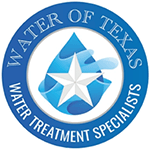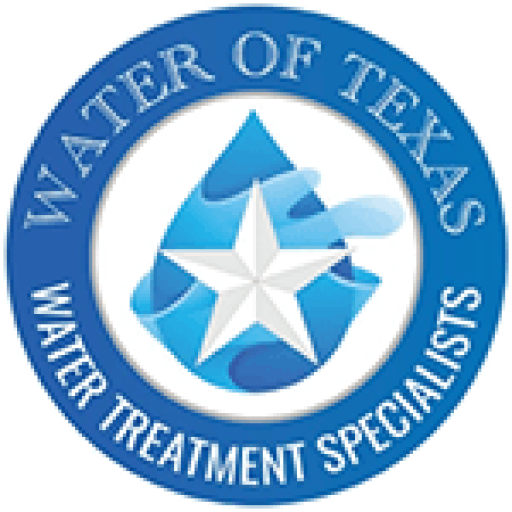Water Softener Sienna Plantation TX
The Science Behind Water Softening: Why It Matters in Sienna Plantation, TX
Water softening is a crucial part of water treatment that significantly improves the quality of water we use daily. At Water of Texas, we consider it our mission to provide the residents of Sienna Plantation, TX, with reliable water softener systems complemented by comprehensive water treatment and water filtration processes.


The Mechanism of Water Softeners
The science behind water softeners is fascinating. These systems work by replacing excess calcium and magnesium ions, which cause water hardness, with sodium or potassium ions, thus softening the water. This process is known as ion exchange and is essential in preventing the adverse effects of hard water on your appliances, plumbing, and personal health.

Role of Reverse Osmosis in Water Filtration
Alongside water softeners, we also incorporate reverse osmosis in our water filtration systems. Reverse osmosis uses a semipermeable membrane to remove contaminants, ensuring the purest water for your household needs.
Beyond Residential: Commercial Water Treatment
In addition to residential services, we offer commercial water treatment solutions to local businesses. We understand that companies have specific needs, and our commercial water treatment services are designed to meet these requirements while maintaining the highest standards of water quality.
The science of water softening is not just about improving water taste and quality. It’s about providing a comprehensive solution to hard water problems for the residents and businesses in Sienna Plantation, TX. If you need to improve your water quality, Water of Texas is here to help with state-of-the-art water softeners, filtration, and treatment systems.
Get a Free Water Test, Evaluation, and
Consultation

